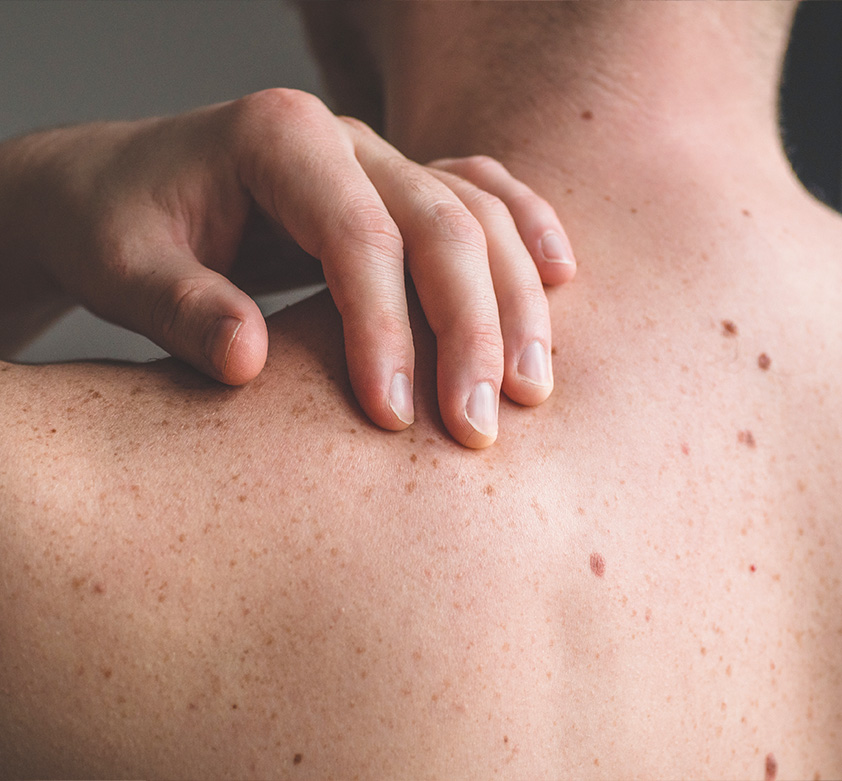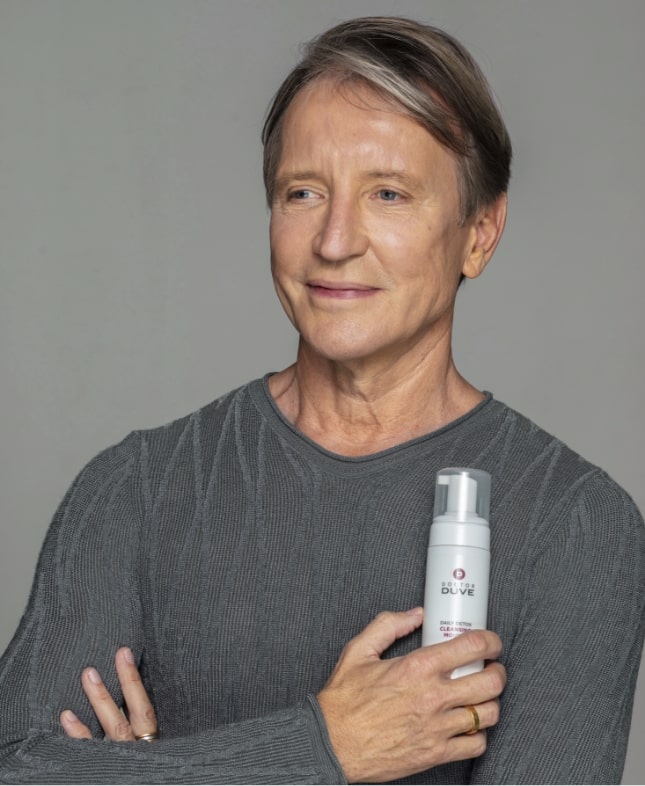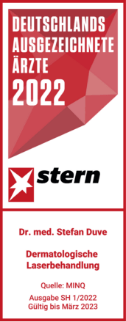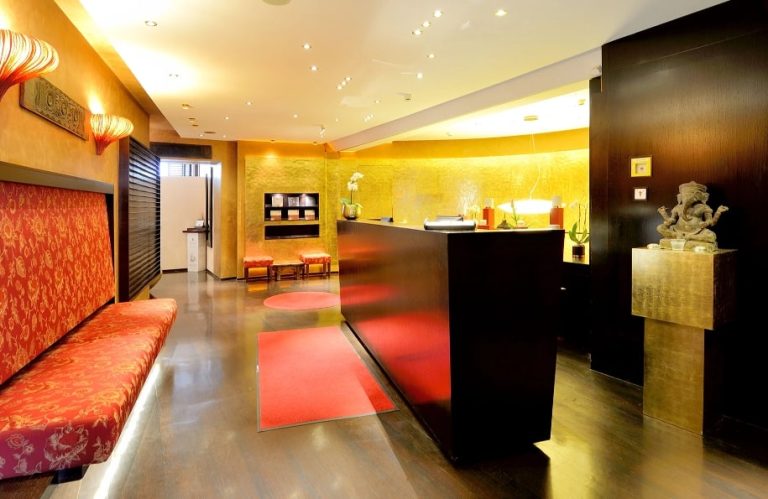
Over the course of time, our skin can be affected by various changes, which can be very annoying. These changes can be age-related, including sagging tissue, the first wrinkles or senile warts (seborrheic keratosis). However, many people also consider moles, pigmentation marks and scars to be blemishes that they would like to have removed.
As an experienced dermatologist, I would like to inform you about the options of removing skin lesions using laser technology. A variety of skin lesions can be treated safely, effectively and gently. To learn about our laser treatments, please read the information below or talk to me in person at one of my practices or via my video consultation.
AT A GLANCE
COSTS
starting at EUR 150 per session
DURATION
at least 15 minutes per session
ANAESTHESIA
Local anaesthesia depending on treatment or upon request
DOWNTIME
None
Advantages of laser treatment
- Smoother, more balanced skin
- Safe treatment of a variety of skin lesions
- Protection of the surrounding skin areas
Treatment areas for hair removal
Face and whole body
Frequently asked questions about the removal of skin lesions with laser
Answers from the expert Dr Duve
What is the difference between benign and malignant skin lesions?
When should I go to the doctor with a skin lesion?
Is the removal of skin lesions with the laser painful?
How long does a laser treatment take and do I need several sessions?
Are the results of laser treatment permanent or can skin lesions recur?
What are the risks and side effects of laser removal of skin lesions?
Does health insurance cover the costs of laser removal of skin lesions?
Personal consultation
DO YOU HAVE ANY QUESTIONS ABOUT WRINKLES OR WOULD YOU LIKE TO SCHEDULE AN APPOINTMENT FOR A CONSULTATION?



Schedule an appointment for a personal consultation now by phone or via our contact form. You are also welcome to use our online consultation for your first meeting.
VIDEO CONSULTATION

